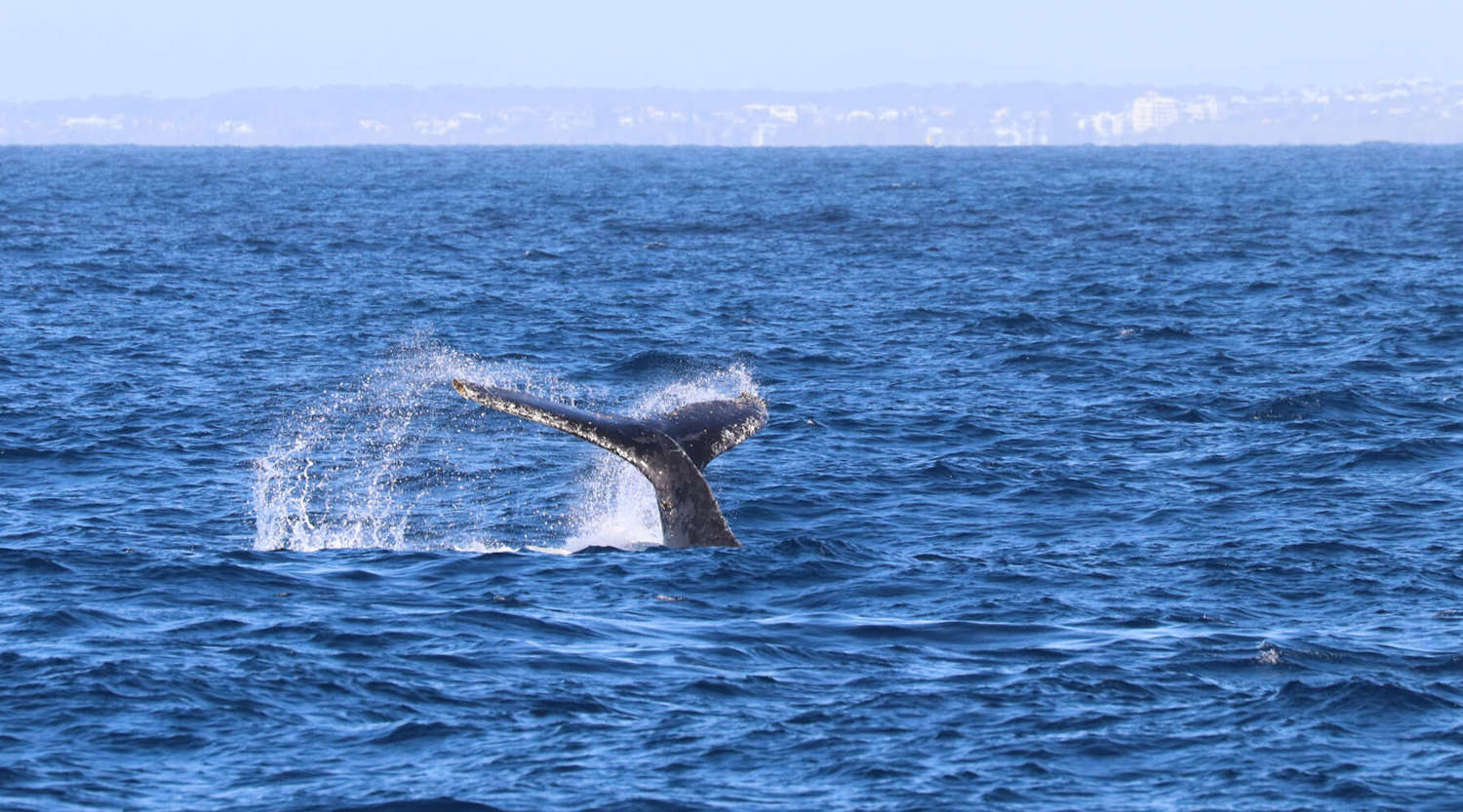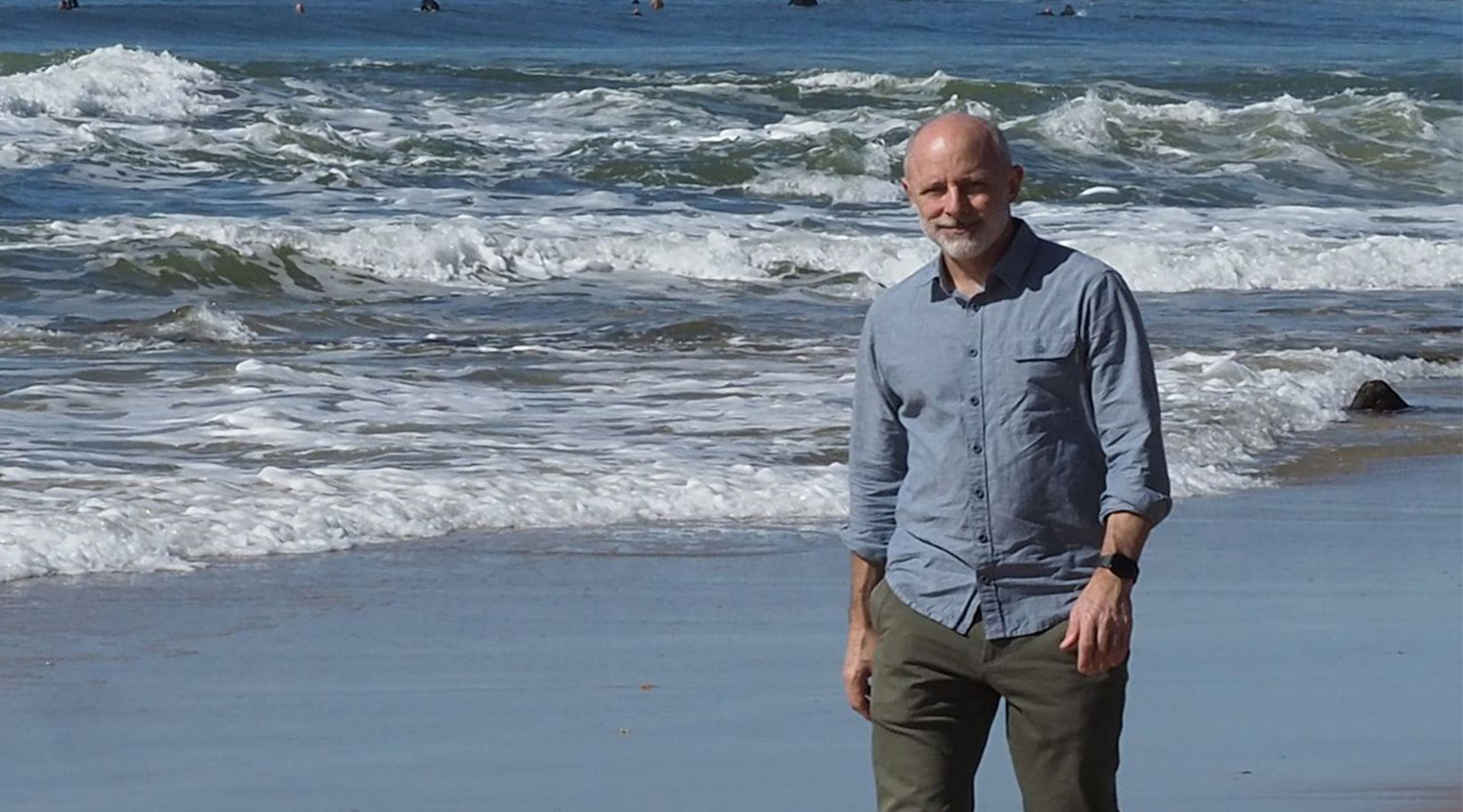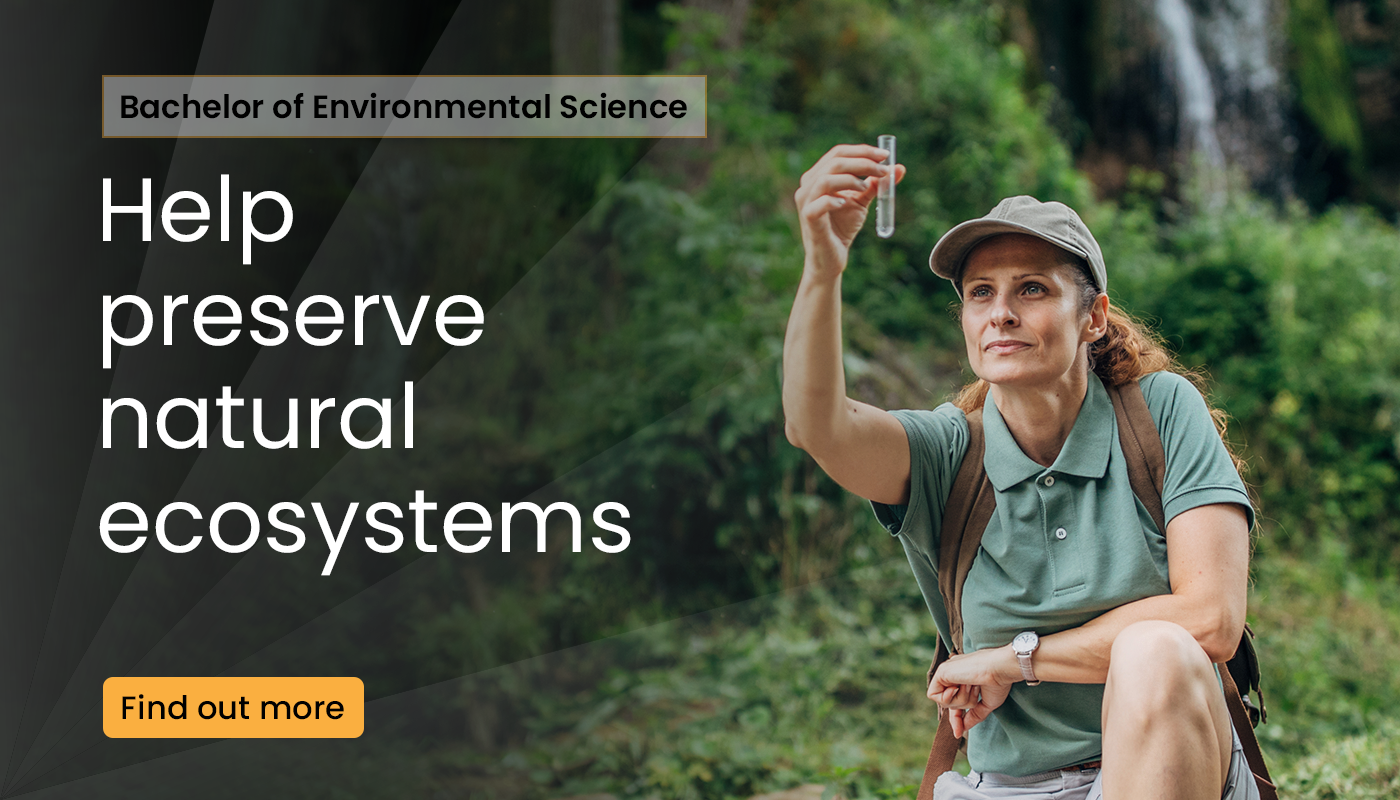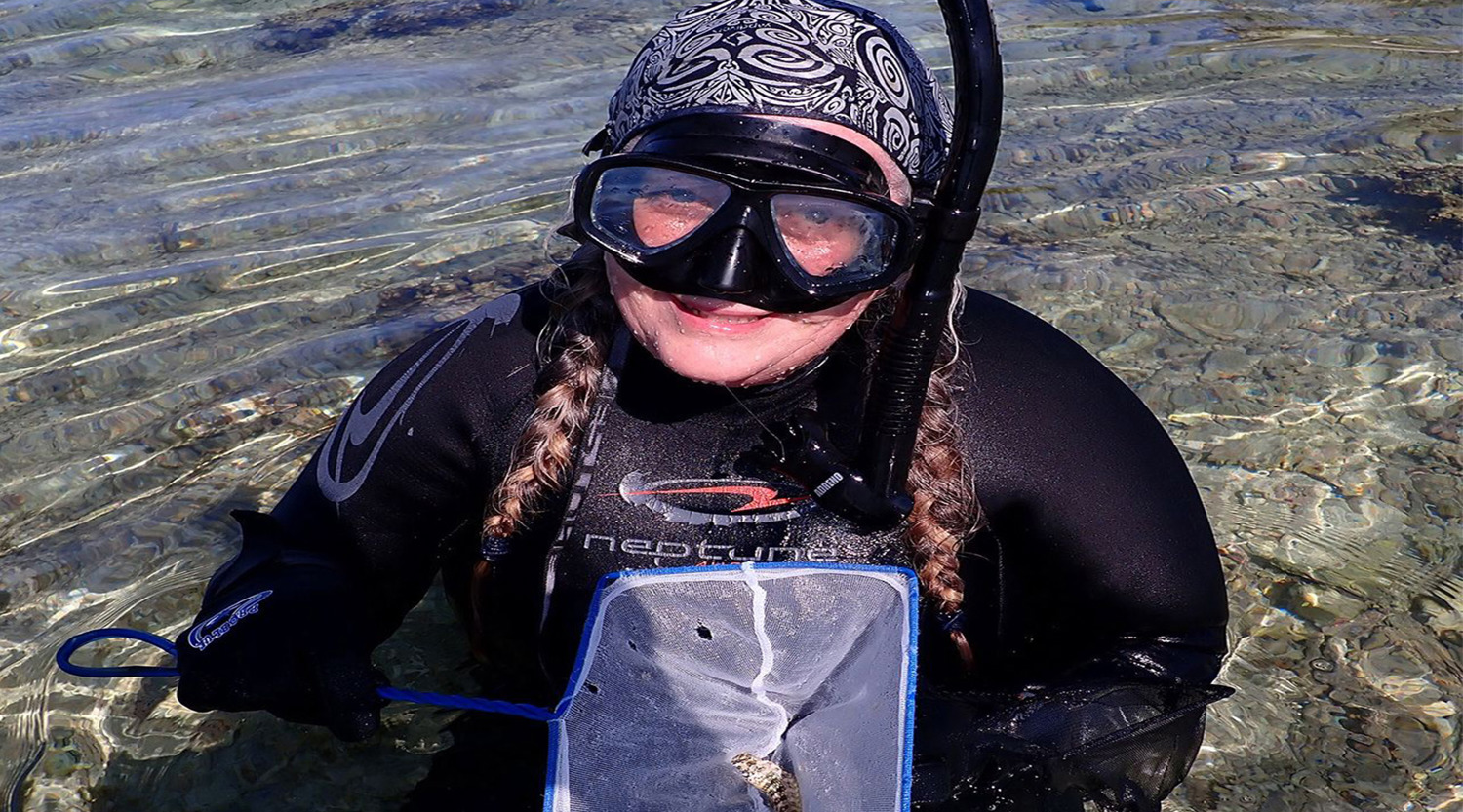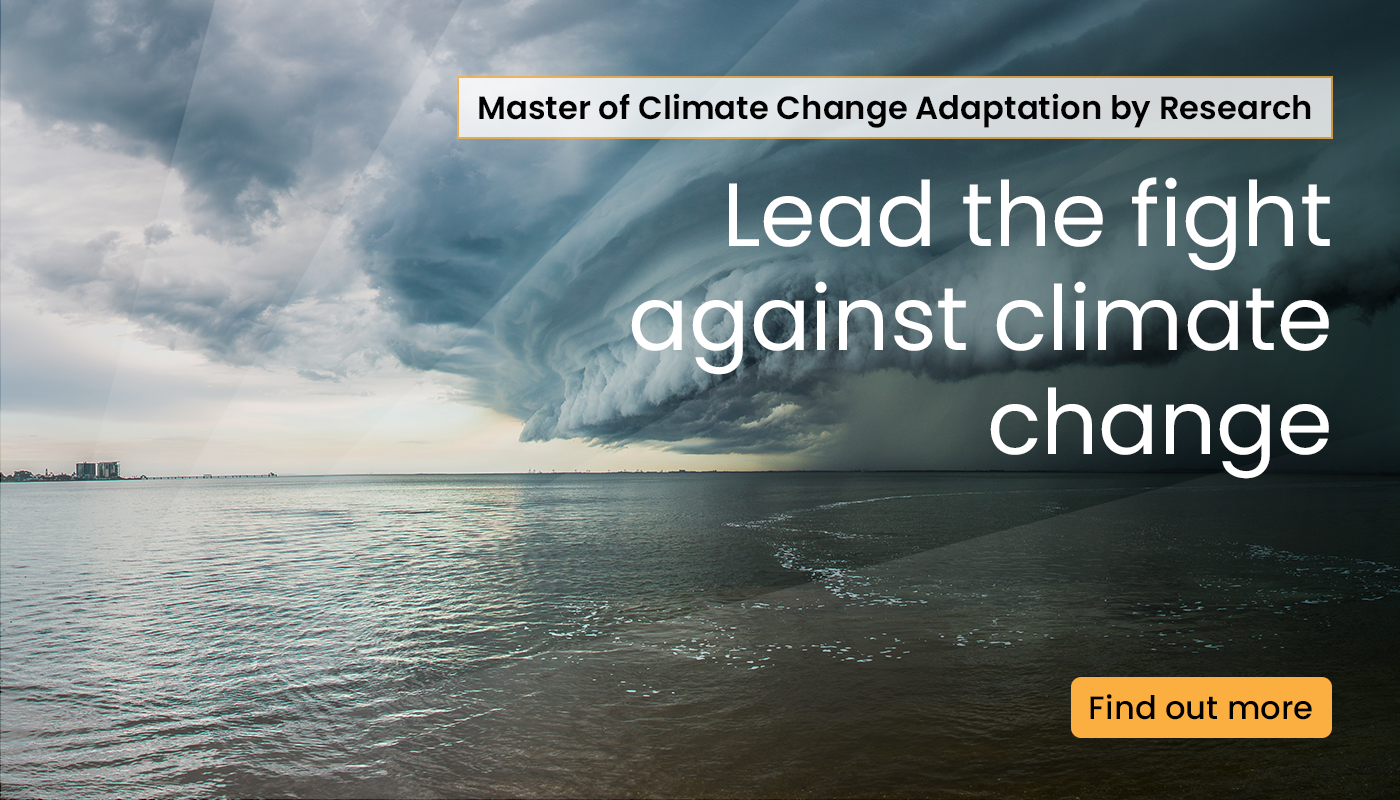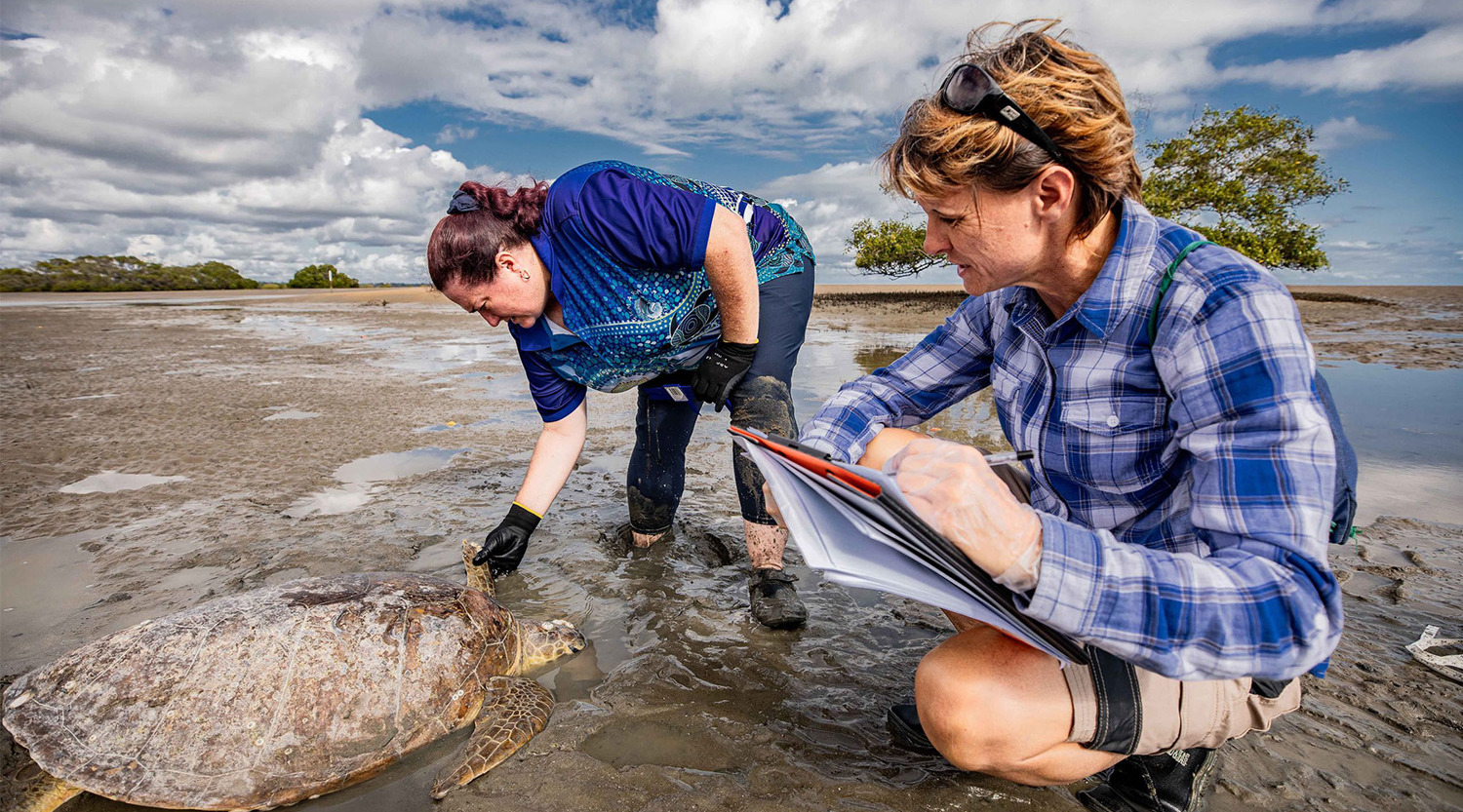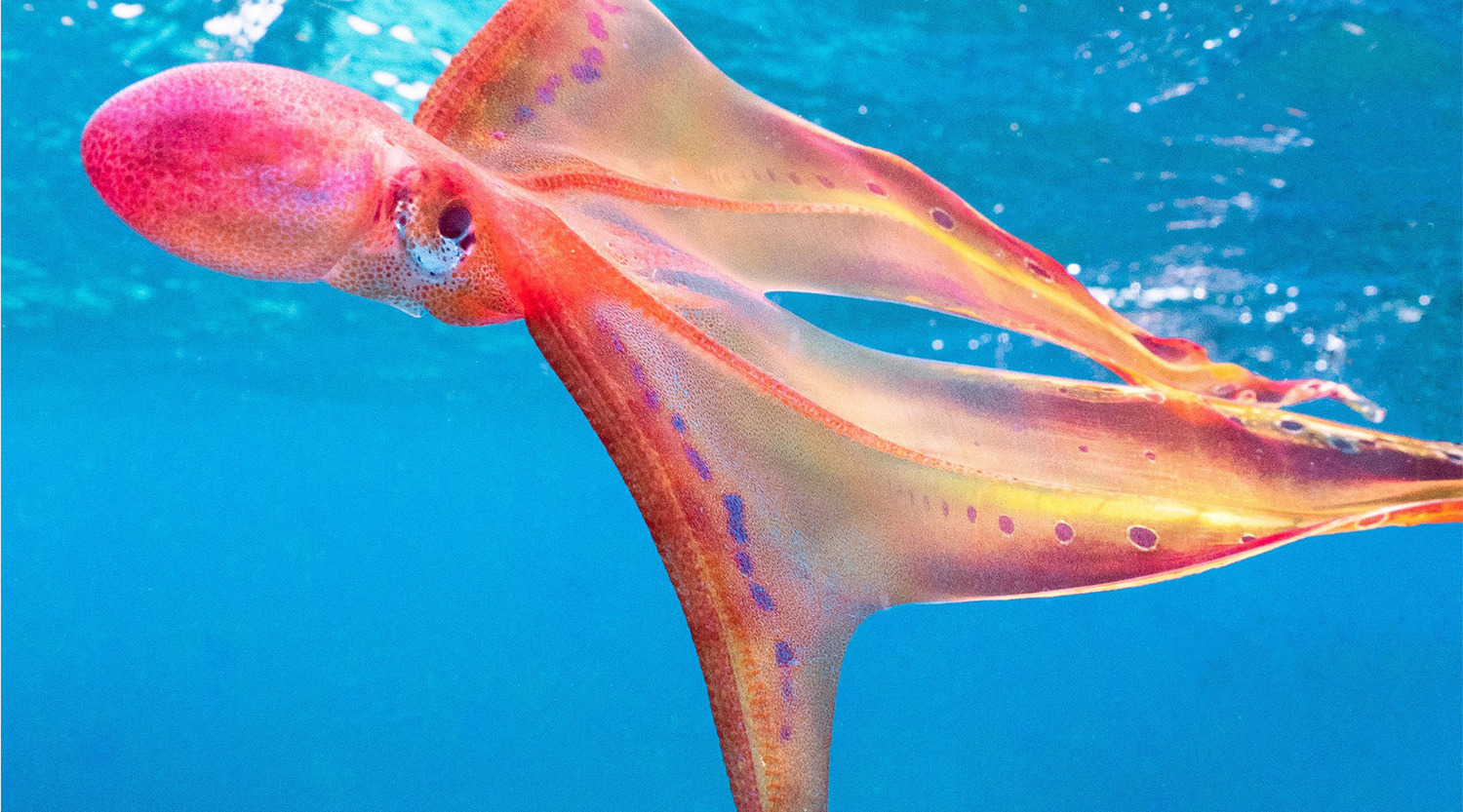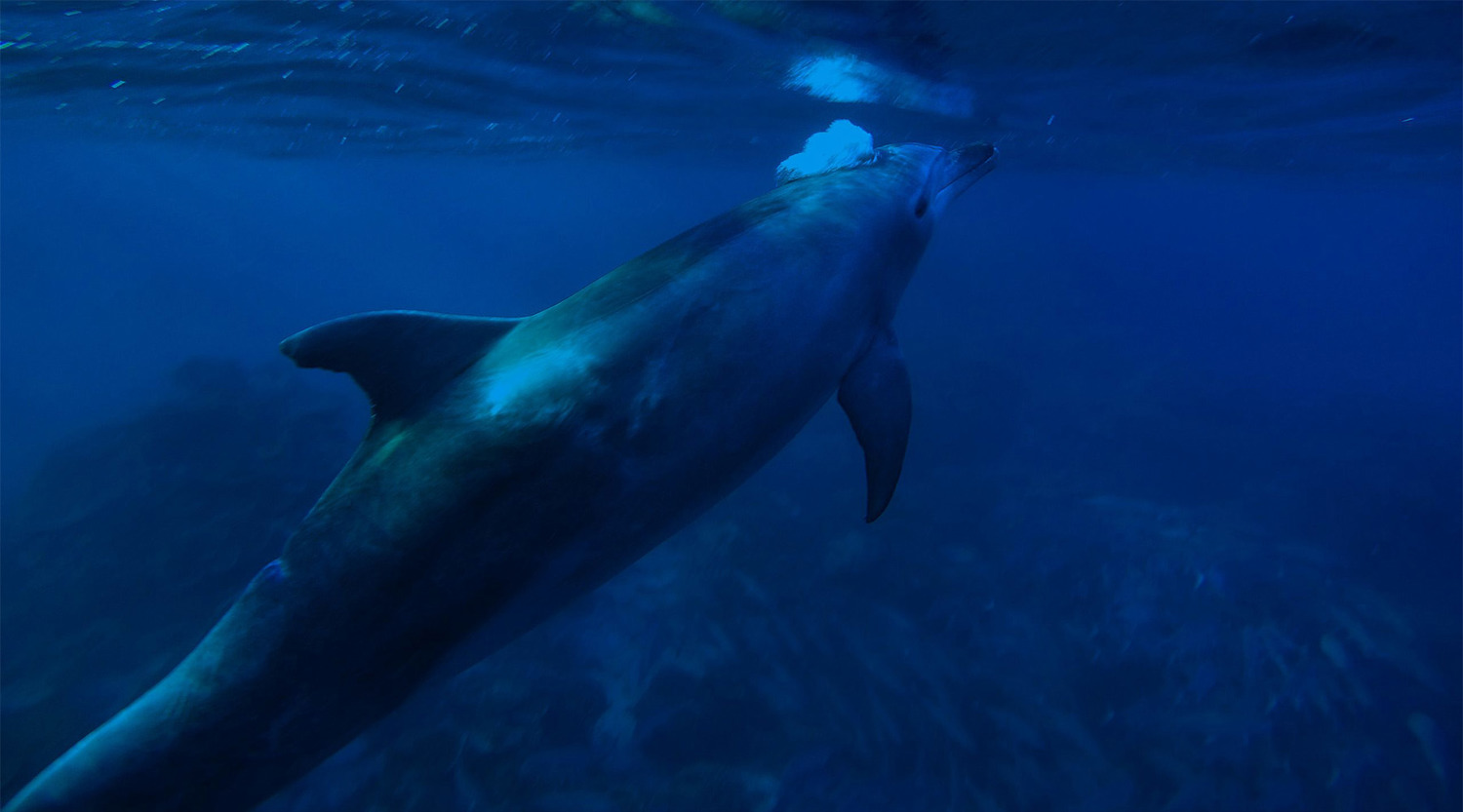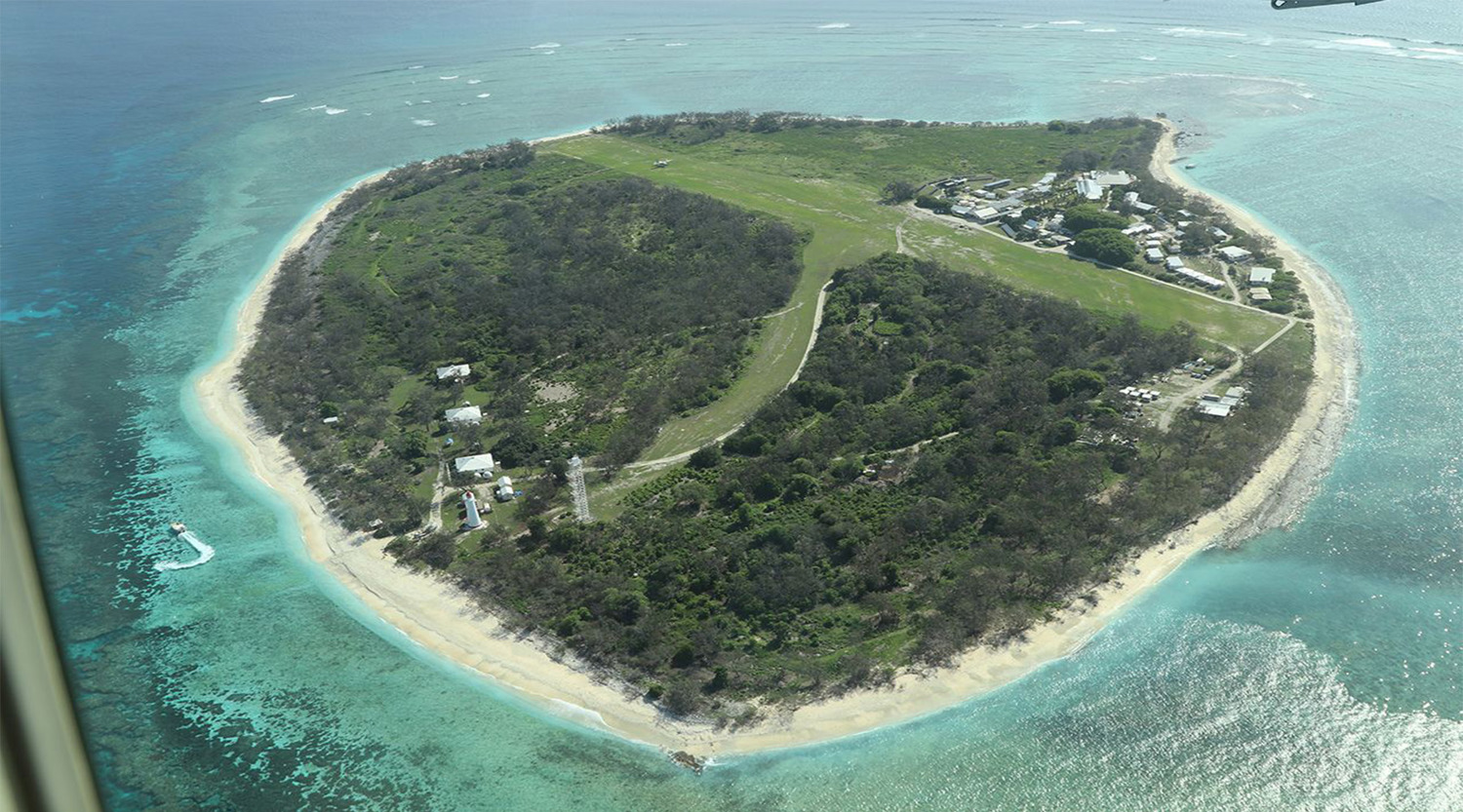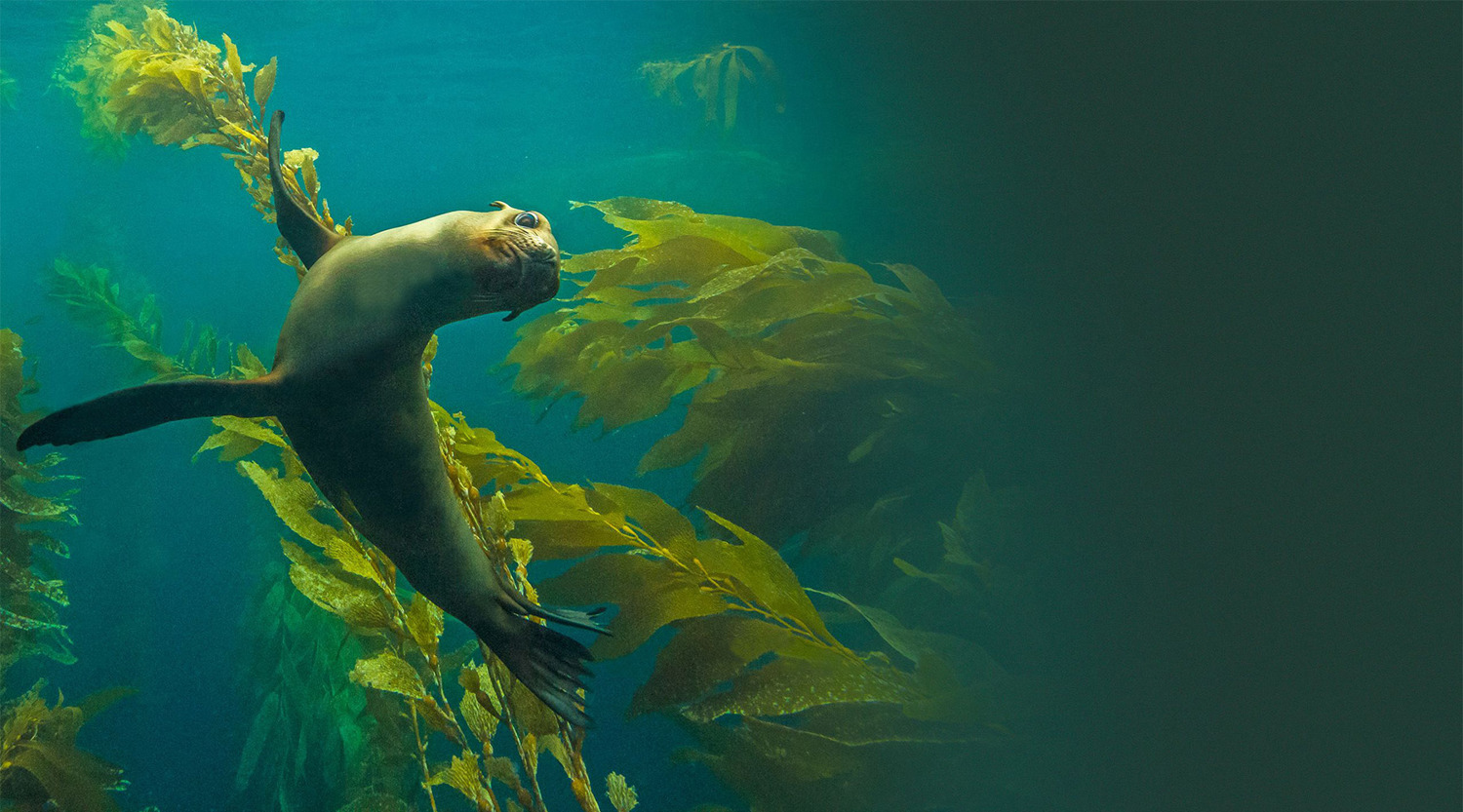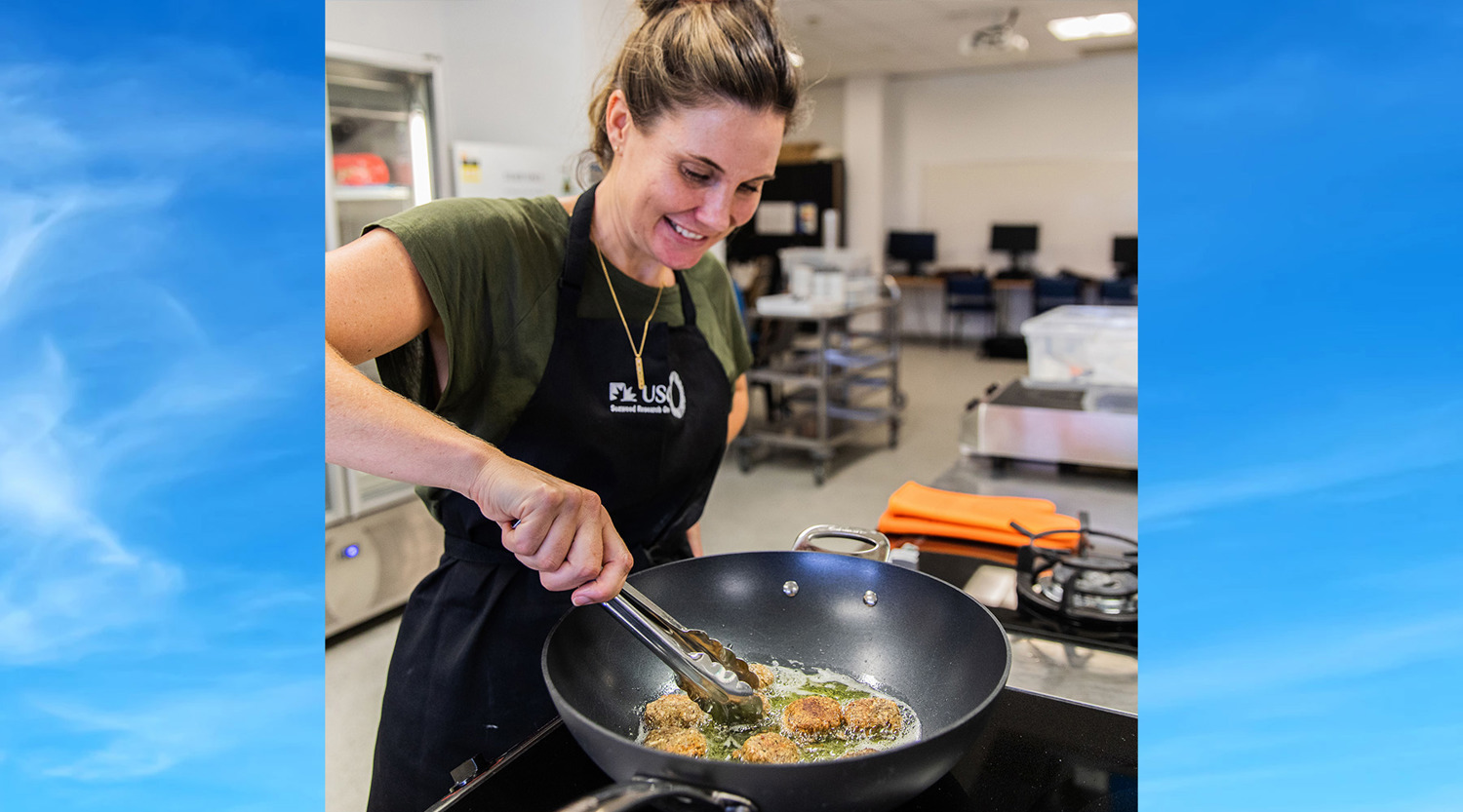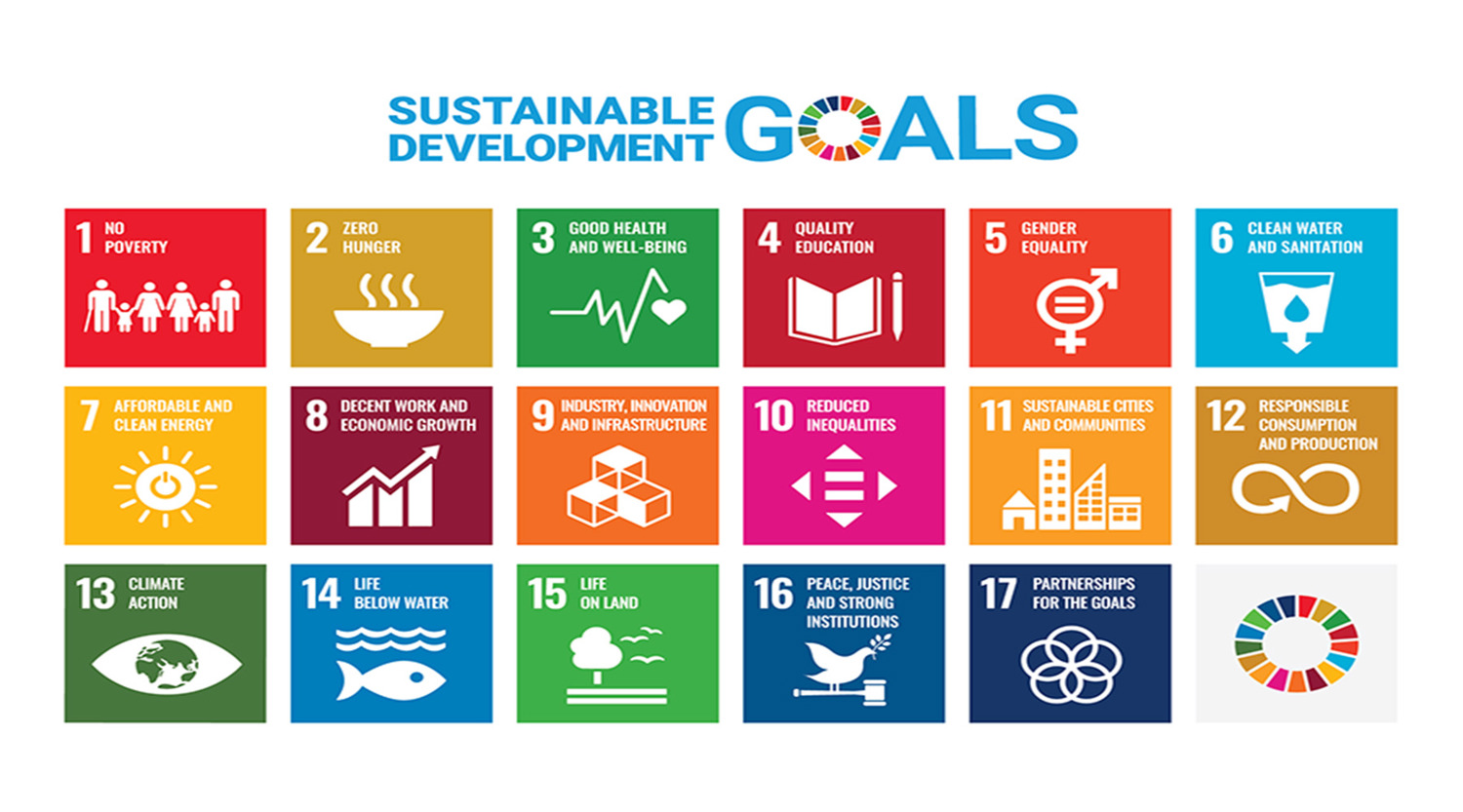Too warm. Too plastic. Overfished.
Exactly what is the state of our oceans? And is it too late to turn back the tide?
Global leaders in marine ecology at the University of the Sunshine Coast consider the crisis - and share a dose of 'ocean optimism' in research that is helping to make a difference.
An animal ecology student pulls more than 200 pieces of plastic from the stomach of a dead sea turtle, as UniSC Associate Professor Kathy Townsend looks on.
Tropical fish start appearing in waters near Sydney where they don’t belong, as UniSC Professor of Global-Change Ecology David Schoeman co-authors an international study showing marine species are fleeing the equator in search of cooler waters.
These two examples are evidence of the challenges facing our oceans – under threat by pollution, overfishing, bycatch and the effects of climate change.
Every June, the United Nations holds World Ocean Day to highlight the need for action and to raise awareness. The theme this year is Revitalisation: Collective Action for the Ocean.
UniSC researchers explain why we all need to do better. Now.
Our ocean crisis
Professor David Schoeman doesn’t believe in sugar-coating the situation we are in.
"Never in the span of human existence, have the world’s oceans been in as precarious a position as they are today. And there is no doubt that this is our fault."
“Greenhouse gases that we have emitted have rendered the ocean warmer and more acidic than we have ever known them,” says Professor Schoeman.
Professor Schoeman, from UniSC's School of Science, Technology and Engineering, is an international leader in his field. His research over the past decade has expanded understanding of the magnitude of climate change impacts on marine ecosystems, and how these risks might escalate. He was a coordinating lead author on the latest Intergovernmental Panel on Climate Change on oceans and coasts.
“Plastics that we use once and discard are now found on most of our beaches, in the guts of seabirds, turtles and fish, in vast, tangled mats in the centres of ocean gyres, and even in the deepest trenches of the ocean floor.
“We have pillaged the sea for fish for so long that some parts of the seafloor have been trawled literally hundreds of times. And virtually no food web in the ocean is unaffected by our voracious appetite for high-value, often predatory fish.
“Yet the ocean continues to absorb around 94% of the heat associated with global warming and about a third of the CO2 we emit.
“It produces around half of the oxygen on the planet, and it feeds and employs billions of people. If we continue to degrade our oceans, much could be lost.”
Plastic Oceans
Each year, millions of tonnes of plastic debris enter the world’s oceans, with the impacts graphically played out in the lives of our marine turtles.
"We are doing what we once thought to be the inconceivable. We are starting to fill the oceans, and marine animals are eating this manmade rubbish with serious and often deadly consequences."
UniSC Associate Professor of Animal Ecology Kathy Townsend.
Research led by Associate Professor Townsend found up to 30 percent of Australia’s sea turtles have ingested marine debris, while up to half of the world’s sea turtles have plastics in their guts.
Marine biologist Associate Professor Kathy Townsend’s special interest is in marine conservation and human impacts on the marine environment. Her field-based research programs use a multi-disciplinary approach and focus on global-scale issues such as the impacts of marine debris and marine pollution.
"We also know now that even a single piece of plastic can kill a turtle."
Another study by Associate Professor Townsend and CSIRO of nearly 1,000 turtles found dead and washed up on beaches around Australia found that a turtle had a twenty-two percent chance of dying if it ate just one piece of plastic. That increased to a 50 percent likelihood once a turtle had 14 plastic items in its gut.
Recent floods along Australia’s east coast have not only killed off large tracts of seagrass – the main food source for turtles and dugongs – but have also flushed alarming amounts of plastics, other debris and pollutants out to sea.
Associate Professor Townsend from UniSC's School of Science, Technology and Engineering is a world leader in research into plastic ingestion in marine animals. She recently co-authored the UN environment program report, “From Pollution to Solution: A global assessment of marine litter and plastic pollution.”
And then there’s the issue of COVID waste.
Sea Lions in Galapagos have been photographed playing with a mask and dead turtles with remains of masks in their guts are all evidence that COVID waste is finding its way into the ocean.
“Our global study found marine debris now includes personal protective equipment such as discarded gloves and of course, single-use facemasks. Plastic that is both omnipresent and highly resilient,” Associate Professor Townsend says.
Bans of single-use plastic bags and straws, such as those introduced in the state of Queensland are aimed at reducing the impacts of plastic pollution – but they’ve also led to the introduction of re-usable bags made of heavier plastic.
“If these lighter plastic bags are no longer in the environment, but they’re being replaced by more heavy-duty plastic bags, then it hasn't fixed the problem, it’s just a different problem now."
UniSC research is tracking the impact of Queensland’s ban on plastic bags through coastal surveys and by monitoring the marine debris found inside dead sea life in waters off the Fraser Coast and South-East coast.
Another red flag is toxins from microplastics.
“Microplastics are being found pretty much everywhere at the moment, from drinking water, snow, inside of animals and so on, but the next really important question is, does the ingestion of these small particles of plastics have any direct implications on health,” says Associate Professor Townsend.
In the search for answers, UniSC is doing potentially game-changing, world-first studies to find out.
In the waters of the southern Great Barrier Reef, UniSC PhD candidate Caitlin Smith is diving with green sea turtles. Gently capturing one, she takes it back to a research vessel to retrieve blood, tissue and faecal samples before releasing it back into the ocean.
What makes this study different is that scientists aren’t relying on necropsies of dead animals to provide answers. For the first time, they are detecting plastic accumulation in live marine life.
Over 50 individual turtles have been sampled as part of the project by UniSC with research partners Griffith University, Australia Zoo Wildlife Hospital and Sea Life Sunshine Coast.
“We are testing these samples for blood gas, electrolytes, kidney function and gut health, allowing us to relate plastic ingestion and increased toxicity to any health consequences,” says Caitlin.
Half a world away, a similar study is underway in the Galapagos Islands, made famous by naturalist Charles Darwin in 1835. UniSC PhD student Juan Pablo Muñoz-Pérez is taking similar samples from sea lions, sea turtles, land tortoises, marine iguanas and fish to test their general health and levels of toxins in their blood.
“We’ve confirmed 38 vertebrate species with impacts of entanglement, ingestion, and habitat disturbed by plastic pollution,” says Juan.
“Our research aims to continue to quantify, map, and understand the extent of this global problem which will help drive concrete and practical solutions.” Juan Pablo Muñoz-Pérez
The researchers will present their preliminary findings at the 2022 World Summit on Island Sustainability at the Galapagos Islands at the end of June.
Back on the ground in Queensland, UniSC researchers have joined forces with wildlife rescuers.
Not only are members of “Turtles in Trouble Rescue” monitoring and rescuing stranded turtles. The data they gather is giving researchers new insights into the threats facing Australia’s sea turtles.
“All of this research is helping to better understand the impact of plastic ingestion, not just on turtles but on whole populations of other endangered marine species,” says Dr Townsend.
The heat is on
From marine life moving in search of cooler waters to increased coastal flooding and erosion, much is made of how climate change is warming our oceans. But is it really that bad?
Professor Schoeman says the research could not be clearer.
“In a relatively short space of 50 years, we have recorded thousands of changes in marine ecosystems driven directly by ocean warming, including changes in the breeding success of seabirds.
“The geographic ranges of ocean species is shifting consistently towards the cooler waters at the poles at an average rate of 6km per year, and it’s accelerating.”
We are losing biodiversity in tropical oceans, and marine ecological communities everywhere are becoming increasingly dominated by warm-water species.
Marine heatwaves are more common, more intense and longer lasting with impacts seen in severe coral bleaching on the Great Barrier Reef – to mass mortalities and ecological regime shifts among cool-water kelp forests.
“But it’s not just that temperatures are warming. Critical temperatures are being reached at different times of the year – and this is changing the timing of plankton blooms, fish spawning and migration, and seabird breeding.
These impacts are expected to accelerate and intensify.
“Range shifts driven by warming will drive species to coexist in ways to which they are not adapted. This will lead to local loss of species, and eventually extinction of the most sensitive species,” says Professor Schoeman.
“Changes in seasonal timing are greatest at the bottom of the food web, raising the prospect of mismatches in timing of critical events in the life cycles of predators.
“For example, there will be insufficient food for fish and birds to build body condition ahead of migration or breeding.
“And that’s just the direct effects of warming. Warmer waters carry less oxygen, reducing habitat for many valuable midwater species like tuna. As waters warm, they expand, raising sea levels.
“Mangroves and saltmarshes will face rates of sea-level rise within the next 30 years that are faster than those that drowned these sorts of wetlands during the last glacial cycle.
“And, of course, sea-level rise will also affect human settlements by the seaside through flooding and coastal erosion.
"By the end of this century, without dramatic reductions in greenhouse gas emissions, coastal flooding that is currently expected to happen once per century, will happen, on average, once per year." Professor David Schoeman
“And that’s without poorly understood tipping points being reached, such as the sudden loss of Antarctic ice.”
The numbers game
The world has warmed around 1.1°C since the pre-industrial times.
Halving emissions by 2030 and getting to net zero by 2050 is recognised as the best way to minimise climate-change impacts on the ocean.
At more than 1.5°C of warming, many critical thresholds in ocean ecosystems will be exceeded.
Ocean optimism
Professor Townsend is an advocate for everyone having what she calls a dose of 'ocean optimism'.
“While it is easy to get overwhelmed, things can change and there are some really great success stories, such as the humpback whales coming back from the brink of extinction," she says.
"Mother nature is quite resilient, and sometimes it is just a case of giving her a little bit of help to allow her to mend herself, to allow the ecosystem to come back into balance again." Professor Kathy Townsend
Much is being achieved by adapting to a changing ocean with research-led action.
UniSC Associate Professor Kylie Scales is searching the ocean for hotspots where fisheries and habitats of protected marine species overlap.
Albatrosses and petrels are also in her sights as she investigates tools to stop seabirds stealing bait from commercial fishing hooks and getting accidentally caught in fishing lines and drowning.
It is part of her role as an ecological forecaster, seeking to understand and predict changes in marine ecosystems, with a special interest in highly mobile marine life.
“Marine animals such as predatory fish, sharks, seabirds and turtles move over vast distances as they navigate dynamic and patchy seascapes to find food, mates and refuge.”
Ecological forecasting can help fisheries to become more resilient to climate change.”
"As the oceans change as a result of global climate breakdown, marine ecosystems that support fisheries will also change dramatically. Fisheries need to be ready to adapt and remain sustainable." Associate Professor Kylie Scales
One cutting-edge research project led by Associate Professor Scales is finding ways to help fisheries improve sustainability and stop turtles, seabirds, turtles and sharks becoming accidental bycatch.
The project is part of wider international collaborations to develop dynamic management tools for marine ecosystems (more studies available here, here and here).
“Similar to a weather forecast but with an ecological slant, our research links ocean data from satellites and ocean models with animal tracking and fisheries data,” Associate Professor Kylie Scales says.
“Particularly as our oceans change with climate breakdown, this improves our understanding of when, where and under what conditions fisheries interactions with marine species are most likely to occur.”
These forecasts also provide information on how target species such as tuna and swordfish might move or how harvested fish might vary in quality in response to changing ocean conditions (read research here).
Associate Professor Scales is working with Tuna Australia, the Fisheries Research and Development Corporation and government partners to test and trial bycatch mitigation technologies, such as the Underwater Bait Setter in Australian conditions.
This piece of equipment can help fishers set baited hooks below the surface, where seabirds such as albatrosses are less likely to become caught.
Finding refuge on ‘island arks’
On Lady Elliot Island at the southern end of the Great Barrier Reef, another important climate change research project is under way.
Perched on the edge of the continental shelf, it’s expected to be one of the last of the reef’s islands to be impacted by warming seas.
As tropical marine animals and bird life head south in search of cooler waters, Lady Elliot Island is likely to become a natural refuge haven or "island ark”. Making it a perfect place to set a benchmark from which to measure climate change.
"We're predicting over the next two decades we'll start to see species that we've never seen here before," Associate Professor Townsend says.
UniSC is leading research to compile comprehensive in-water species lists to quantify future changes and researching how reef islands connect to surrounding in-water coral reefs, from microscopic algae all the way up the food chain to sharks and manta rays.
The four-year Leaf to Reef research project – part of the Great Barrier Reef Foundation’s Reef Islands Initiative – is expected to provide a research template for other reef islands.
Are there parts of the ocean that will escape the ravages of climate change?
Professor Schoeman is determined to find them as he transitions his focus from quantifying the impacts of climate change to mitigating them.
“Specifically, I am working on identifying areas of the global ocean – from the surface to the seafloor – that could be protected," he says.
"These areas could conserve future biodiversity, irrespective of the emissions scenario society ends up pursuing.
“They are designed to minimise overlap with important fishing grounds, thereby limiting potential costs to humanity.”
Read more research into climate-smart approaches to marine conservation here.
I’m not a scientist or a politician. What can I do?
Along with reducing our use of plastics and taking steps to reduce emissions such as walking more and driving less, the United Nations is promoting other ways everyone can help to revitalise our seas. These include:
1. Cooking sustainable seafood – Look for the Marine Stewardship Council (MCS) blue fish tick when shopping. More ideas on sustainable seafood shopping from the MCS Sustainable Seafood Guide.
2. Learning about the ocean – Options include taking a free deep dive into underwater ecosystems with a “Life Below Water: Conservation, Current Issues and Possible Solutions Online Course featuring UniSC’s global leaders in marine and aquatic research.
A commitment to finding solutions
From research into restoring lost marine habitats to harnessing the power of seaweed, UniSC is making other new discoveries and finding solutions for the challenges facing our oceans.
Every year, Times Higher Education (THE) releases Impact Rankings that assess universities for proven successes in addressing the United Nations’ 17 Sustainable Development Goals.
The 17 Sustainable Development Goals are...
We're really good at a number of these...
We're rated in the TOP 5 globally for the Clean Water and Sanitation SDG

We're rated in the 18th globally and 3rd in Australia for the Life on Land SDG

We're rated in the 19th globally and 4th in Australia for the Life Below Water SDG

We're rated in the 22nd globally and 4th in Australia for the Climate Action SDG

Media enquiries: Please contact the Media Team media@usc.edu.au


